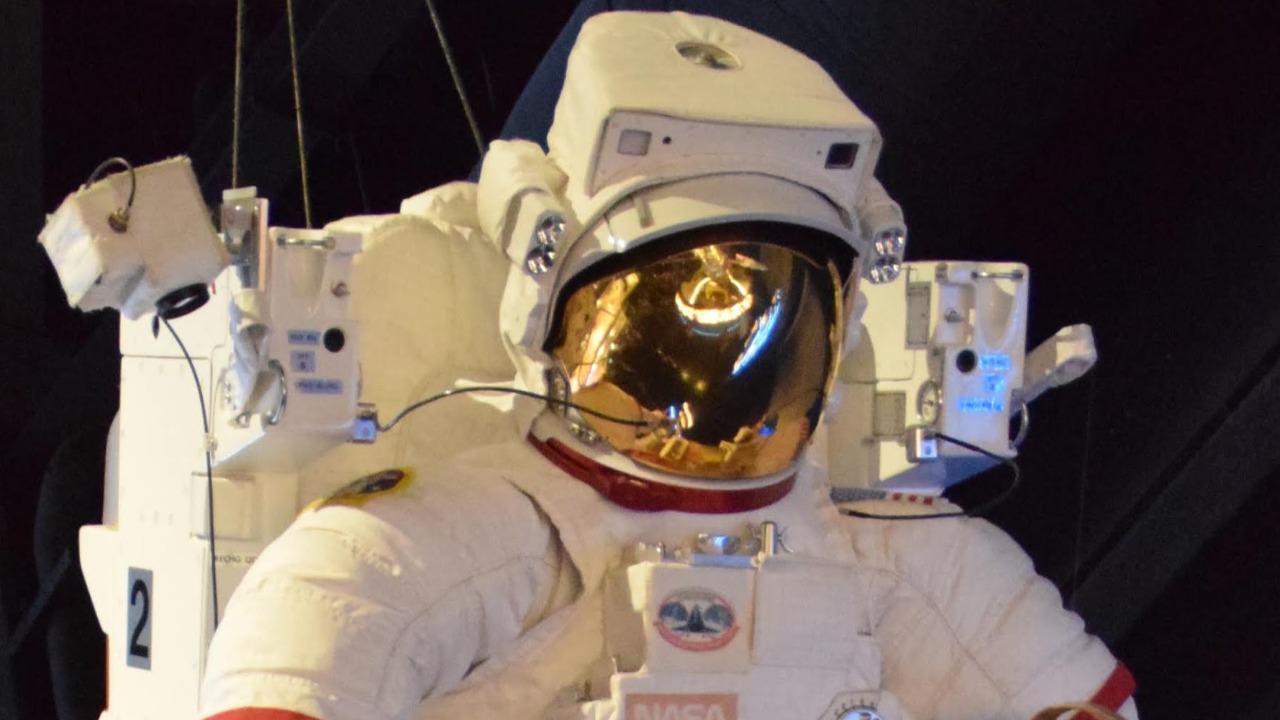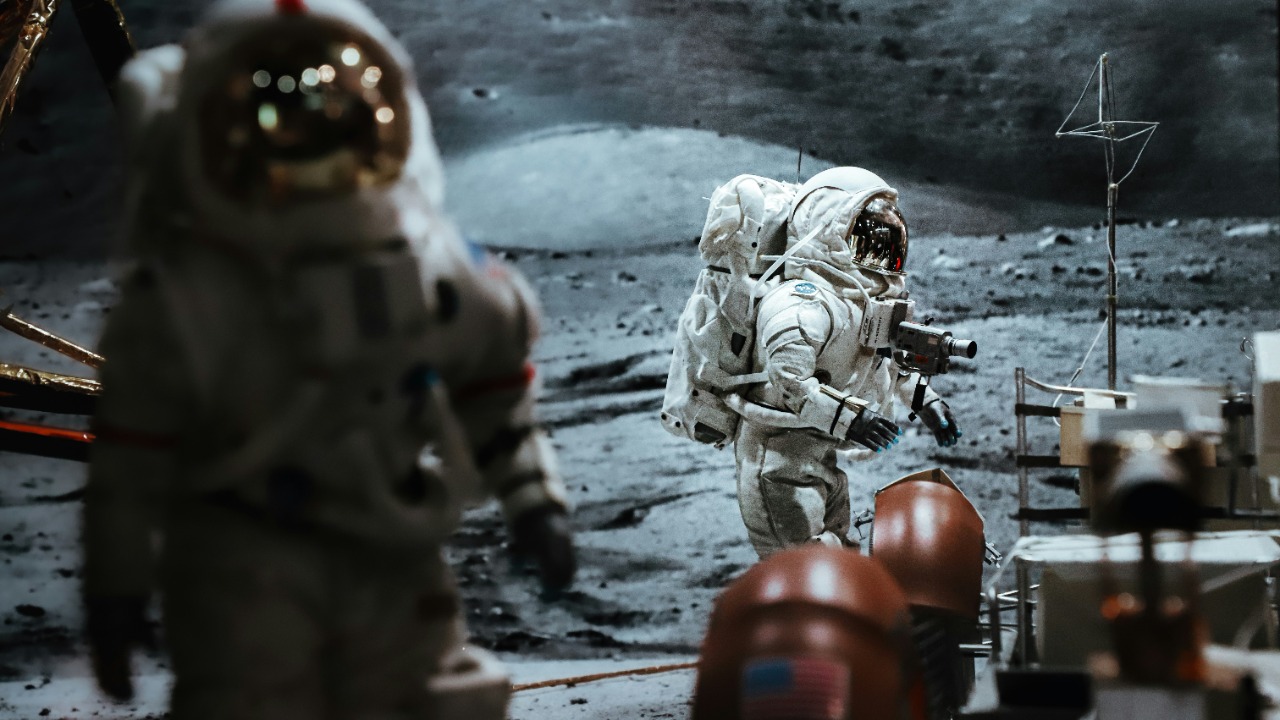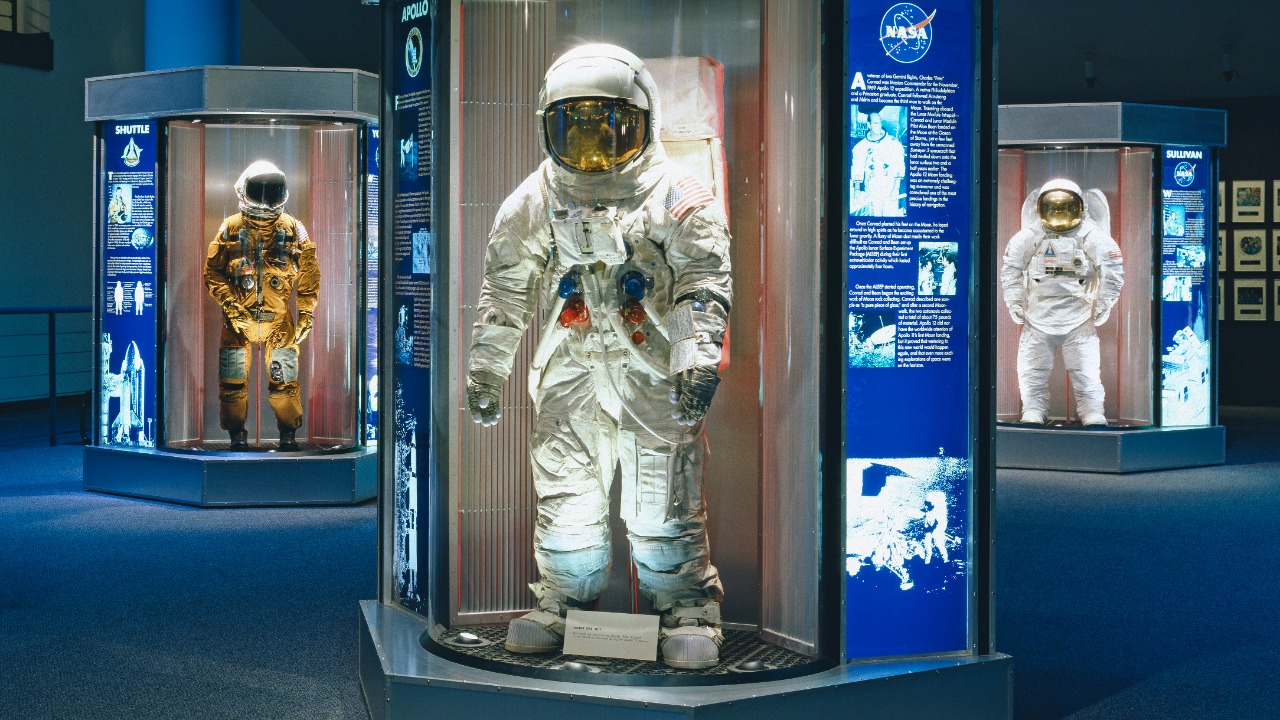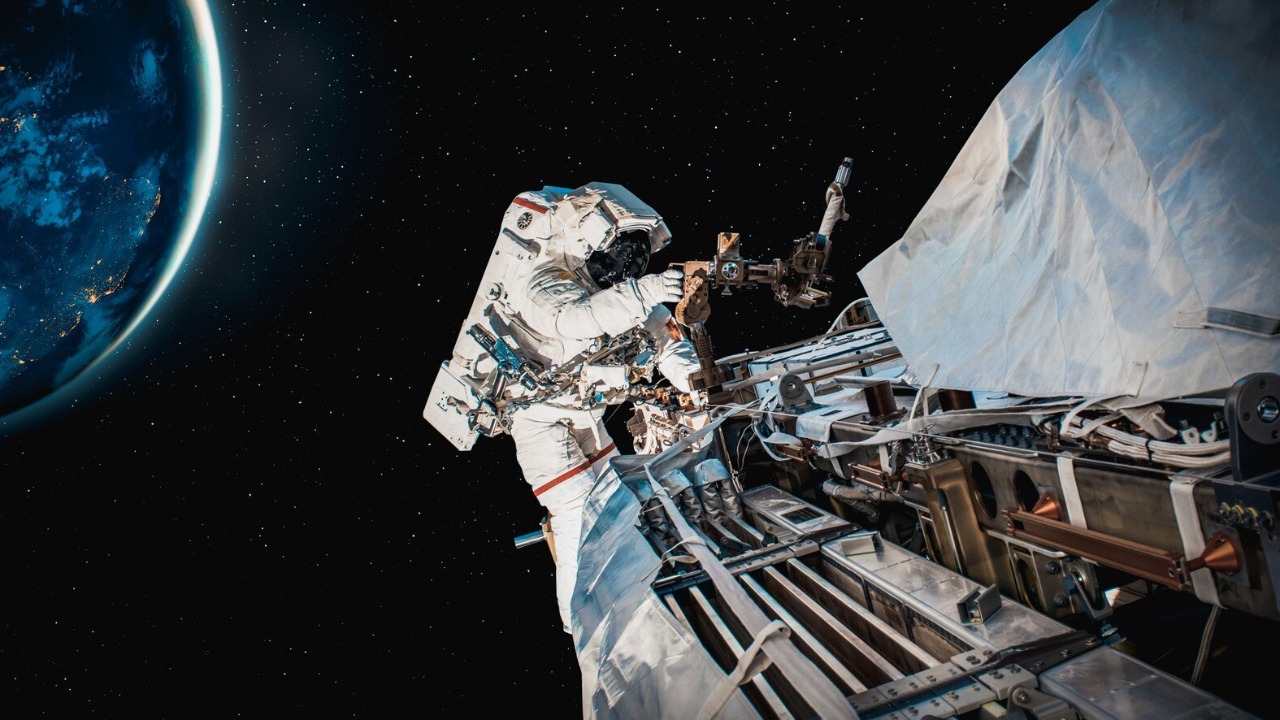
NASA has unveiled its latest innovation for lunar exploration: Moonwalk 2.0, the next-generation spacesuit designed to withstand the harsh conditions of the Moon’s surface. This technological marvel promises enhanced protection and mobility for astronauts as they navigate the deadliest terrain known to man. Let’s explore how Moonwalk 2.0 is set to revolutionize space exploration and ensure the safety of those exploring the final frontier.
The Evolution of Spacesuit Technology

The journey of spacesuit technology has been nothing short of remarkable. From the rudimentary designs of the 1960s to today’s advanced suits, the evolution has been driven by the need to protect astronauts while enabling them to perform complex tasks in space. The first spacesuits were essentially pressure garments, designed to keep astronauts alive in the vacuum of space. Over time, they incorporated more advanced features, such as thermal regulation and improved mobility. Notable milestones include the Apollo suits, which allowed for unprecedented mobility on the lunar surface, and the more flexible and durable suits used on the International Space Station.
Designing spacesuits presents unique challenges. Engineers must balance the need for protection with the demands for mobility and comfort. The suits must withstand extreme temperatures, micrometeoroid impacts, and harsh radiation, all while allowing astronauts to move freely and perform intricate tasks. The constant innovations in materials science and engineering have pushed the boundaries of what is possible, leading to the development of suits like Moonwalk 2.0, which promise to offer even greater levels of protection and functionality.
Features of Moonwalk 2.0

Moonwalk 2.0 is a leap forward in spacesuit design, featuring advanced materials that offer enhanced durability. The suit is constructed from a composite of high-strength fabrics and cutting-edge polymers that resist punctures and abrasions from micrometeoroids. These materials also provide exceptional thermal insulation, crucial for dealing with the Moon’s extreme temperature fluctuations. This combination ensures that astronauts remain safe and comfortable, no matter the conditions they face.
Mobility and flexibility are at the heart of Moonwalk 2.0’s design. The suit features articulated joints and a lightweight exoskeleton that mimics the natural movement of the human body, allowing astronauts to walk, climb, and work with unprecedented ease. This increased range of motion is essential for carrying out the complex tasks required during lunar missions, from collecting samples to setting up equipment. By enabling greater freedom of movement, Moonwalk 2.0 ensures that astronauts can maximize their productivity on the lunar surface.
Safety Enhancements

Safety is paramount in the design of Moonwalk 2.0, and its state-of-the-art life-support systems are a testament to this focus. The suit is equipped with a robust oxygen supply, temperature regulation, and carbon dioxide removal systems, creating a stable environment for astronauts. Advanced sensors monitor vital signs and environmental conditions, providing real-time feedback to mission control. These features ensure that astronauts can focus on their tasks without having to worry about their safety.
Radiation protection is another critical aspect of Moonwalk 2.0’s design. The suit incorporates advanced shielding materials that block harmful cosmic rays and solar radiation, which are significant hazards for astronauts on the Moon. This enhanced protection is crucial for long-duration missions, where exposure to radiation could pose serious health risks. By safeguarding astronauts from these dangers, Moonwalk 2.0 enables longer and more ambitious lunar explorations.
Testing and Development

The development of Moonwalk 2.0 involved rigorous testing to ensure its effectiveness in lunar conditions. Engineers conducted extensive simulations of the Moon’s environment, including vacuum chambers and thermal cycling tests, to validate the suit’s performance. These tests were crucial in identifying potential weaknesses and refining the suit’s design. The use of advanced computer modeling allowed engineers to predict how the suit would behave in different scenarios, further enhancing its reliability.
Astronaut feedback played a vital role in the development of Moonwalk 2.0. Testers provided insights into the suit’s comfort, mobility, and functionality, leading to several key improvements. For example, adjustments were made to the suit’s fit and ventilation systems based on astronaut input, ensuring optimal comfort during long missions. This collaborative approach has resulted in a suit that meets the rigorous demands of lunar exploration while addressing the needs of its users.
Implications for Future Exploration

Moonwalk 2.0 is poised to have a significant impact on lunar missions, facilitating longer and more productive explorations. With its enhanced protection and mobility, astronauts can spend more time on the surface, conducting research and setting up infrastructure for future missions. This capability is essential for establishing a sustained human presence on the Moon, a key goal of NASA’s Artemis program. By enabling more extensive exploration, Moonwalk 2.0 will help unlock the Moon’s scientific and commercial potential.
Looking beyond the Moon, the technology behind Moonwalk 2.0 could pave the way for future missions to Mars and beyond. The suit’s advanced materials and life-support systems are adaptable to the challenges of other celestial bodies, making it a versatile tool for space exploration. As NASA and its partners set their sights on the Red Planet, innovations like Moonwalk 2.0 will be crucial in overcoming the unique challenges of Mars missions. By pushing the boundaries of spacesuit technology, NASA is laying the groundwork for the next era of space exploration, opening up new possibilities for discovery and human achievement.
For more details about Moonwalk 2.0, you can watch an informative YouTube video or read about its features on the MSN News article.